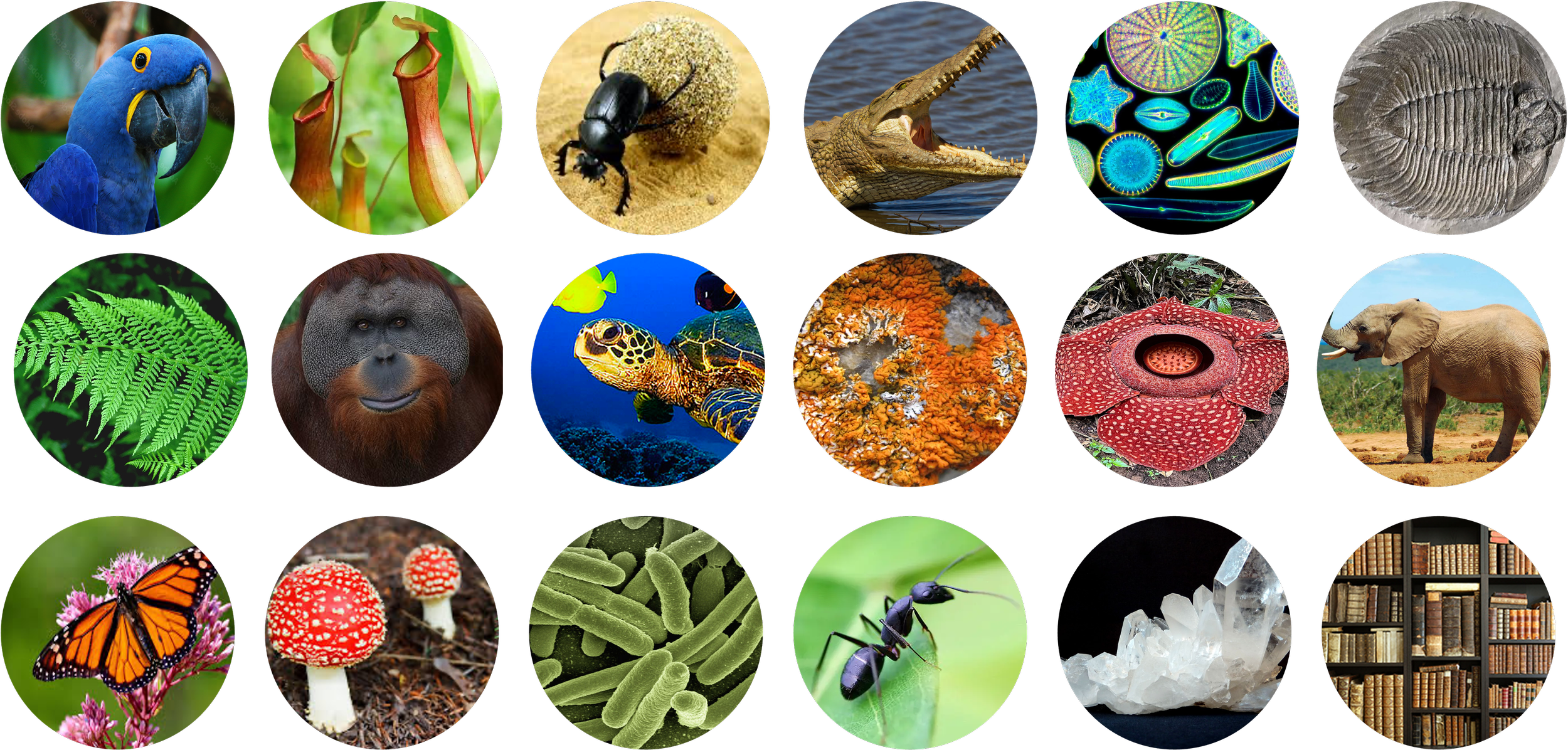Library & Archive Collections
The past preserved in the archives holds vital data for the future of biodiversity research. The archives house a wealth of historical field notes, including biodiversity inventories recorded at specific places and points in time. These species lists are invaluable for tracking changes in biodiversity composition and richness over time, offering critical insights into ecological shifts. As we face accelerating environmental change, such archival data is increasingly vital for informing both scientific research and conservation efforts.
Future significance
The archives have deep connections to some of the world’s most renowned scientists and naturalists. Among the preserved materials are documents from Carl Linnaeus, the father of modern taxonomy; Carl Peter Thunberg, a pioneering botanist and disciple of Linnaeus; Elias Magnus Fries, a foundational figure in mycology; and Carl Wiman, Sweden’s first professor of paleontology. These individuals played key roles in shaping emerging scientific disciplines, and the archival documents linked to their work continue to serve as critical reference materials for museum curators carrying on the work of their renowned predecessors.
Historical significance
The archival collections at Evolutionsmuseet comprise at least 40,000 documents—likely many more—spanning vast, largely unexplored material. Covering zoology, botany, paleontology, and mineralogy, the collections include field notes, catalogues, correspondence, handbooks, books, journals, magazines, photographs, and more. Their breadth and depth make them an unparalleled resource for scientific and historical research, particularly given their connections to figures such as Carl Linnaeus, Carl Peter Thunberg, and other prominent scientists and naturalists.
Collections




